What precautions should be taken before operating a screw air compressor?
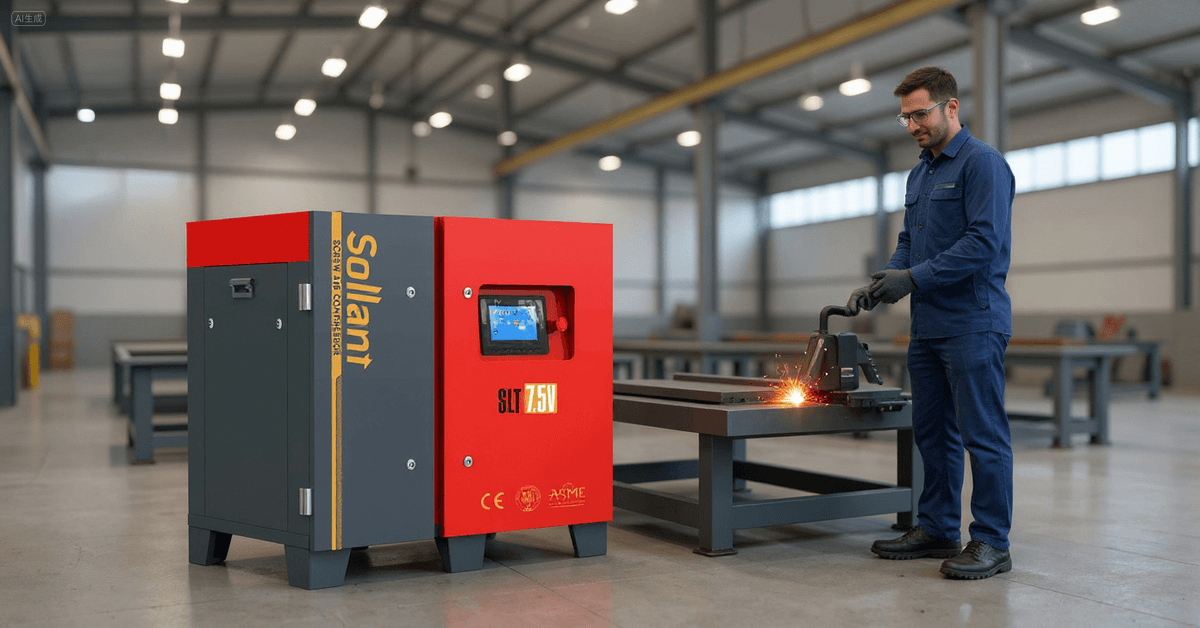
Safety and working well are important when you use a screw air compressor. If you do not check things first, you might break the machine. This can make repairs cost more and make things unsafe. Many problems, like getting too hot or having electrical trouble, happen when you skip maintenance or let filters get dirty.
Description | |
|---|---|
Maintenance Issues | You need to check the machine often. Dirty oil, blocked filters, and broken seals can cause it to fail. |
Overheating | This happens if you use it too much or if it is too hot. Bad airflow and heat in the cooling system also cause it. |
Electrical Problems | Bad wires, power spikes, and tripped breakers can hurt the motor. |
Sollant makes screw air compressors that save energy and work well. These help you stay safe and avoid problems at work.
Table of Contents
Key Takeaways
Always check your screw air compressor before using it. Look at the power supply, oil levels, safety devices, cooling system, and air filters. This helps keep the compressor safe and working well.
Use the right oil and keep the compressor parts slippery. Check oil levels often and change old oil. This stops the compressor parts from getting damaged.
Start the compressor when it is not carrying a load. This keeps the motor and other parts safe from sudden stress. It also helps the compressor start smoothly.
Watch the compressor while it is running. Check the temperature and pressure. Listen for strange sounds to find problems early.
Follow a regular maintenance plan. Checking and fixing the compressor often can help it last longer. This also saves money on big repairs.
Pre-Operation Checks
You must check everything before using a screw air compressor. This helps you stay safe and makes the machine work well. Using a checklist stops problems and keeps things running right. Sollant makes compressors that are easy to care for and last a long time. These checks are simple to do.
Power Supply Inspection
Look at the power supply before starting the compressor. Make sure wires and plugs are tight and not loose. Check for damage or wear on all cables. If you see broken wires or loose ends, fix them now. A good power source keeps the motor safe and stops sudden shutdowns.
Tip: Always use the right voltage and circuit protection for your screw air compressor. This lowers the chance of electrical problems.

Oil Level and Lubrication
The right oil level and good lubrication help your screw air compressor work well. You should:
Do not let oil drop below two-thirds full.
Never use old or bad oil because it causes more wear.
Both the amount and quality of oil are important. Not enough oil or bad oil makes parts wear out faster. Checking often helps you find leaks or low oil early. Sollant compressors have clear oil gauges and easy-to-reach oil tanks.
Safety Devices
Safety devices keep you and your machine safe. Before you start, check all safety valves, pressure relief devices, and emergency stops. You should:
Check the safety valve every year to follow safety rules.
Make sure covers and guards are in place.
Test emergency stop buttons to see if they work fast.
Sollant compressors have strong safety features that are easy to check. Never skip these checks because they stop accidents and damage.
Cooling System
A good cooling system stops your screw air compressor from getting too hot. You need to:
Make sure the fan and radiator are clean and not dusty.
Check that water flows well if it uses water cooling.
Look at hoses and connections for leaks or blocks.
If the cooling system does not work, you might have:
Shorter life for the compressor
Less air and weaker performance
More energy use and higher costs
Sollant compressors have tough cooling systems for hard jobs, but you still need to check them every time.

Air Filters and Pipes
Clean air filters and pipes help your screw air compressor work better. You should:
Check air filters for dirt or clogs. Change them if needed.
Look at pipes, hoses, and fittings for leaks or damage.
Listen for strange sounds or shaking that could mean trouble.
Check for missing O-rings, worn valve packing, or bad seals.
Dirty filters make the compressor work harder and get hotter. Bad filters let dirt into the oil, which wears out parts faster. Sollant compressors have easy-to-clean filters and strong pipes, so these checks are quick.
Note: Checking filters and pipes often keeps your compressor working well and saves money on repairs.
Startup Procedures
Starting your screw air compressor the right way helps you avoid problems and keeps your equipment safe. Follow these steps to make sure your machine runs smoothly every time.
No-Load Start
Begin with a no-load start. This means you start the compressor without any air demand. You should:
Check inside the compressor for any objects left during shipping.
Make sure you use the correct circuit breaker and wires. The power supply must connect properly, and the indicator light should turn on.
Look at the oil level. It must stay above the red warning line before you start.
Inspect all connection points for leaks. Check for air, oil, or water leaks.
Press the ‘Start’ button to turn on the compressor.
Watch as the compressor begins to run. The intake valve opens, and the exhaust pressure pointer rises.
After starting, check the oil level again to make sure it stays normal.
Look again for leaks at all connection points.
Tip: Always start your screw air compressor under no-load conditions. This protects the motor and other parts from sudden stress.
Initial Monitoring
After you start the compressor, pay close attention to how it runs. Listen for any strange sounds or vibrations. Watch the control panel for warning lights or error codes. Sollant compressors have easy-to-read displays that help you spot problems early. If you hear odd noises or see anything unusual, stop the machine and check for issues.
Gradual Load Application
Once you confirm everything works well, you can apply load slowly. Here is how you do it:
Turn on the cold dryer if your system uses one.
The machine will switch to loaded mode. The display changes from ‘Automatically unloaded’ to ‘Automatically loaded.’
Check all indicators to make sure values stay within safe limits.
Record important numbers, like pressure and temperature, in your logbook.
Let the compressor run for 7-10 minutes. The air tank pressure will rise slowly.
Open the manual drain valve under the air tank to remove any water.
Your startup is now complete.
Note: A slow and careful startup helps your screw air compressor last longer and work better.
Monitoring During Operation
Watching your screw air compressor while it works helps you find problems early. This stops damage and keeps your machine running well. Sollant compressors have smart control panels and easy-to-read screens.
Instrument Readings
Check the instrument readings often when the compressor is on. Look at the pressure, temperature, and oil level gauges. Write these numbers in your logbook. This helps you notice changes that could mean trouble.
Take vibration readings every three months during maintenance.
Once a year, record all main readings for long-term tracking.
Checking often helps you find problems and keep your compressor working well.
Sollant compressors have simple panels. You can see all important data quickly. This makes it easy to watch your machine.
Temperature and Pressure
Keep an eye on temperature and pressure. The best temperature for a screw air compressor is between 50 and 85 degrees Fahrenheit. If it gets hotter or colder, the compressor may not work right. Pressure should stay in the safe range in your manual. If you see big changes, stop the machine and check for problems. Sollant compressors let you change and watch these settings easily.
Tip: Always keep the compressor in a cool, dry place to help control temperature.
Sound and Vibration
Listen for strange sounds or strong shaking. These can warn you about problems inside the compressor.
Loud or weird noises may mean something is wrong.
Strong shaking can come from worn bearings, unbalanced shafts, or loose parts.
Other causes are broken rotors, heavy loads, or things stuck inside.
If you notice any of these signs, turn off the compressor and check it right away. Sollant compressors run quietly and smoothly, so changes in sound or shaking are easy to spot.
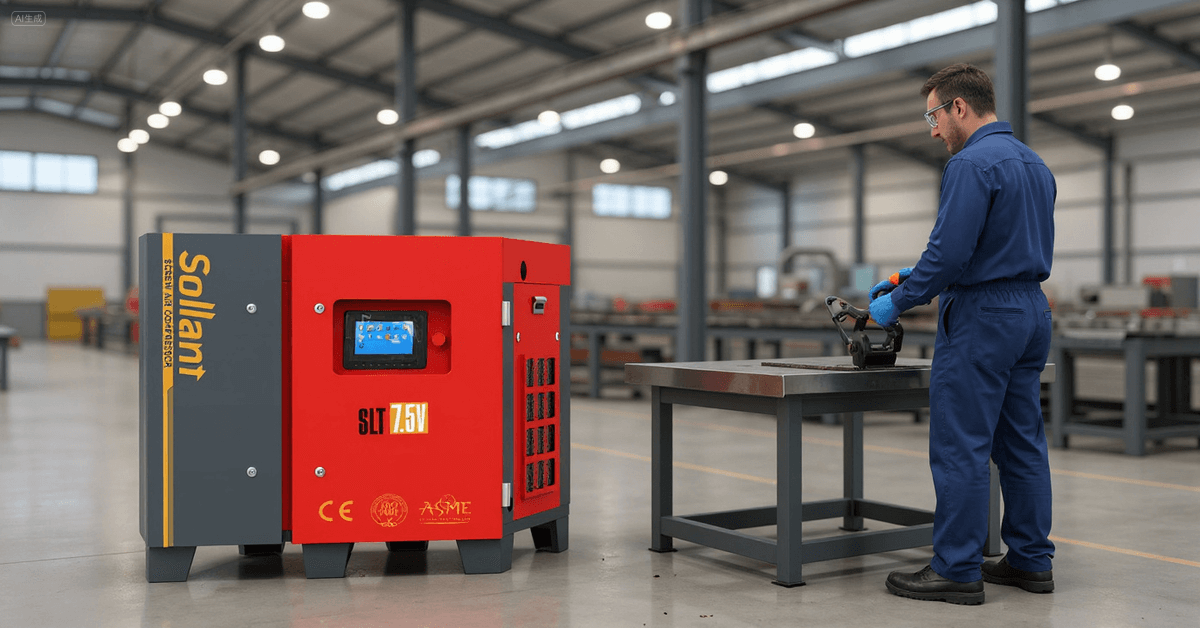
Shutdown and Maintenance
Safe Shutdown
It is important to turn off your screw air compressor the right way. This keeps it safe and helps it last longer. Here are the steps you should follow:
Move the loading switch to no-load. This takes away the pressure.
Let the machine run with no load for a short time. This cools it down and keeps oil moving.
Turn off the main power switch after the compressor stops.
Close the air outlet valve. This stops air from leaving the tank.
Drain water from the air receiver tank if your system has one.
Tip: Always let the compressor cool before turning off the power. This helps protect the motor and other parts.
Routine Maintenance
Doing regular maintenance helps your screw air compressor work well and saves energy. Sollant compressors are easy to take care of, so you can do these jobs fast. Use this table to help you remember what to check and when:
Frequency | Maintenance Tasks |
|---|---|
Daily | Check oil level; Listen for strange noises or vibration; Drain water from air receiver tank. |
Weekly | Clean air filter; Replace if needed; Wipe down the compressor exterior. |
Monthly | Inspect pressure relief valve; Check for air and oil leaks; Replace oil and oil filter if needed; Check belts for wear or looseness. |
Annual | Service the engine. |
Doing these jobs helps your compressor last longer and work better.
Troubleshooting
Sometimes, problems happen even if you take good care of your compressor. Here is a table with common problems, what might cause them, and what you can do:
Problem | Possible Causes | Solutions |
|---|---|---|
Compressor will not start | No power, blown fuse, loose wires, low voltage, faulty switches | Check power supply, fuses, wire connections, and switches. |
Unit starts then stalls | Pressure switch out of adjustment, loose wires, low voltage | Check power supply, adjust pressure switch, tighten wires. |
Low discharge pressure | Plugged separator, improper pressure setting, low voltage | Tighten belts, check voltage, adjust pressure settings. |
Compressor does not build pressure | Air leaks, inlet valve problem, slipping belts | Fix leaks, check inlet valve, tighten belts. |
Compressor will not load | Pressure switch set too high, faulty solenoid | Adjust pressure switch, check solenoid. |
Air flow seems low | Dirty air filter, partially closed inlet valve | Clean or replace air filter, check inlet valve. |
Sollant compressors make it easy to find and fix problems. The displays and controls are simple to use. You can spot issues fast and save time and money.
Sollant Screw Air Compressor Models
Sollant offers a range of screw air compressor models. Each model has special features that help you work safely and efficiently. You can find a compressor that fits your needs, whether you run a small shop or a large factory.

22kw Rotary Screw Air Compressor
This model gives you strong performance in a compact size. You can use it in tough weather and for heavy-duty tools. The 22kw rotary screw air compressor is easy to maintain and saves energy. You can adjust the pressure from 7 to 12 bar. The motor has a high safety grade, and you can add a frequency converter to save even more electricity.
Feature | Description |
|---|---|
Compact Design | Fits small spaces, weighs only 465 kg |
Extreme Weather Use | Works in hot or cold conditions |
Adjustable Pressure | Set pressure between 7-12 bar |
Energy Efficient | Uses less oil and power |
Easy Maintenance | Simple to check and service |
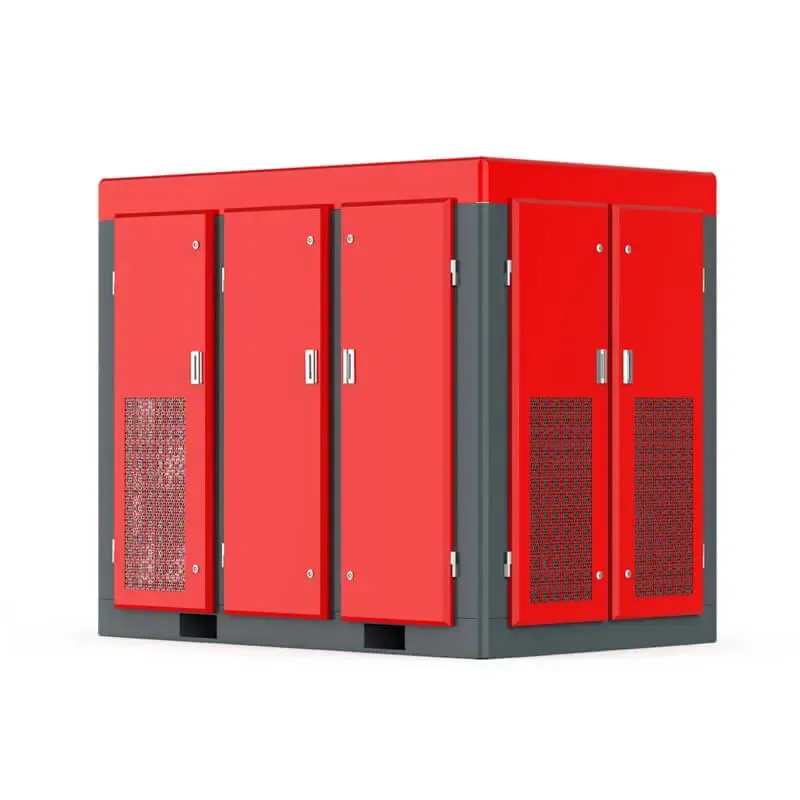
75kw AC Air Compressor
You can use the 75kw AC air compressor for big jobs. It has a strong motor and a tough build. This model works well in factories and places with high air needs. You can adjust the pressure and save up to 40% on electricity with a frequency converter. The cooling system keeps the machine safe from overheating.

90kw Twin Screw Compressor
The 90kw twin screw compressor is made for heavy industry. It gives you a lot of air and runs quietly. The strong cooling system and advanced filters help keep the machine safe. You can use it in places like car shops and furniture factories. The design helps you save energy and reduce noise.
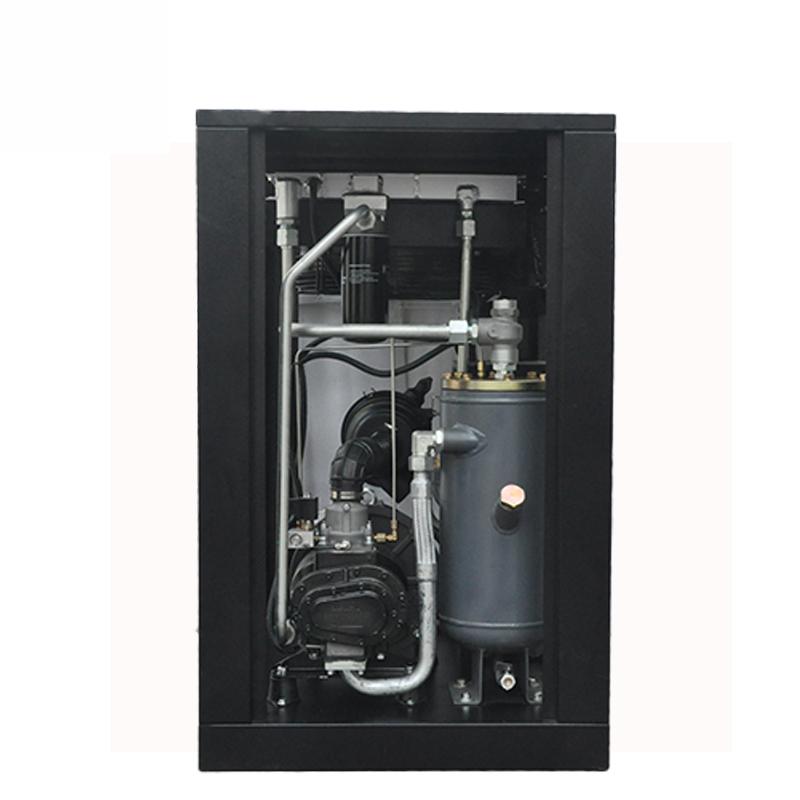
10hp Screw Type Air Compressor
This model is great for small businesses. It is quiet, efficient, and easy to fit in tight spaces. You do not need to spend much on maintenance. The 10hp screw type air compressor works with many tools and keeps your work area peaceful.
Advantage | Description |
|---|---|
High Efficiency | Uses less energy for more air |
Quiet Operation | Runs with little noise |
Compact Design | Fits in small spaces |
Low Maintenance | Needs little upkeep |
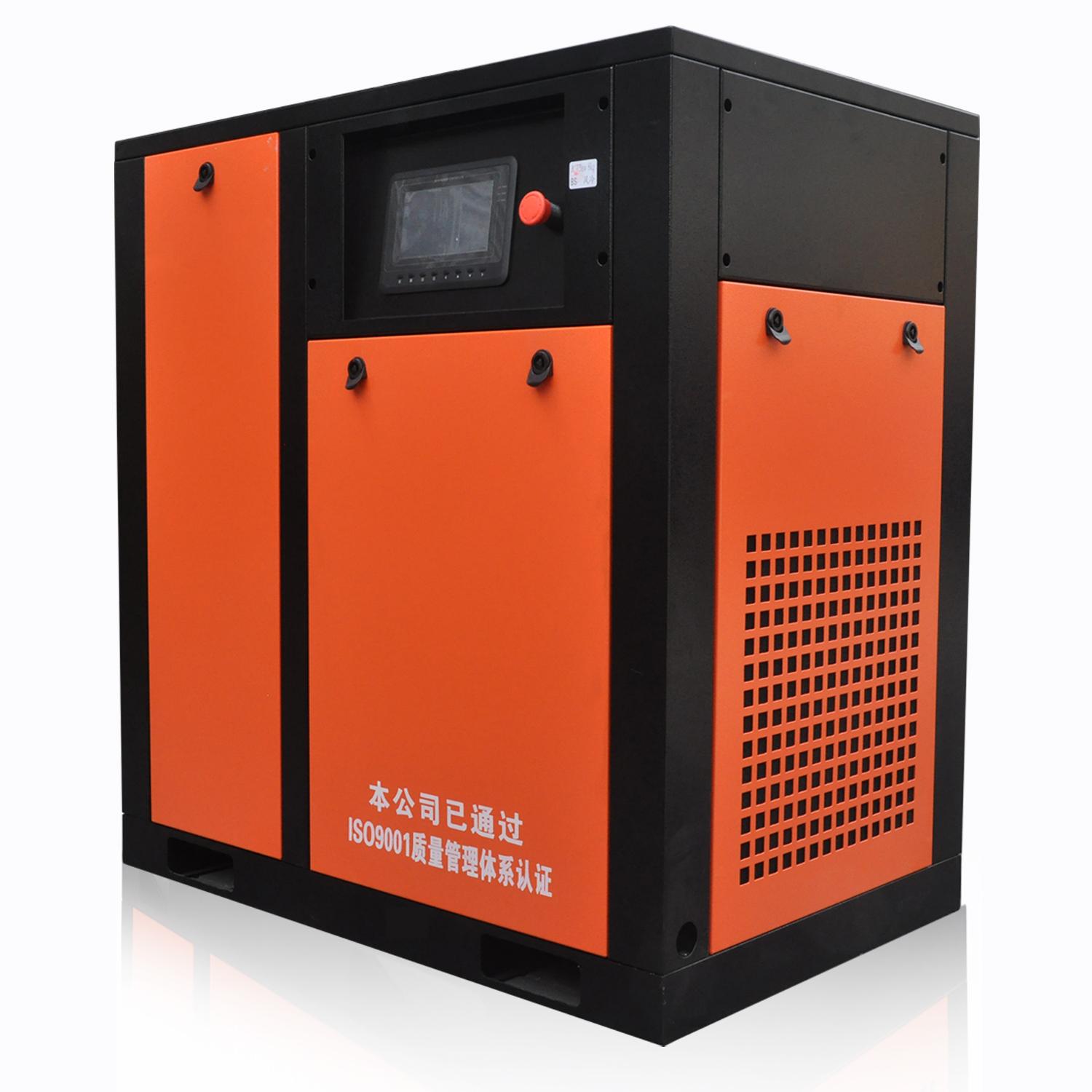
15hp Screw Air Compressor
You get a reliable machine with the 15hp screw air compressor. It uses high-quality parts that last a long time. The simple design makes it easy to install and handle. The control panel helps you watch for problems and keep the machine running well.
Feature | Benefit |
|---|---|
High-Quality Components | Fewer part replacements needed |
Simple Design | Easy to install and use |
Diagnostic Control Panel | Helps you spot and fix issues quickly |

20hp Screw Air Compressor
The 20hp screw air compressor gives you steady airflow for many jobs. It works well in factories, farms, and building sites. The motor is strong and safe. You can save energy with the variable speed drive. The design helps you use less oil and keep the machine running for years.
Sollant models help you work safely and save money. You can trust these compressors to give you clean air and reliable service every day.
When you follow all the safety steps, you keep yourself and your equipment safe. Sollant makes products that help you work safely and get more done. If you check your machine often, it will last longer.
Checking your machine often helps you spot problems early.
Using the right oil and clean filters stops damage.
Doing maintenance on time saves money and keeps your machine working.
If you need help, Sollant can give your business good advice and solutions.
FAQ
What should you do if your screw air compressor will not start?
First, check the power supply and make sure all wires connect tightly. Look for blown fuses or tripped breakers. If the problem continues, review the control panel for error codes.
How often should you change the oil in your screw air compressor?
You should check the oil level every day. Change the oil after the first 500 hours of use, then every 2,000 hours. Always use the oil type recommended in your manual.
Why does your compressor make loud or strange noises?
Loud or odd noises can mean loose parts, worn bearings, or blocked filters. Stop the compressor right away. Inspect all parts and fix any issues before restarting.
How can you keep your compressor running efficiently?
Clean or replace air filters regularly.
Drain water from the tank daily.
Check for leaks and fix them quickly.
Record pressure and temperature readings.
Regular care helps your compressor last longer and work better.


